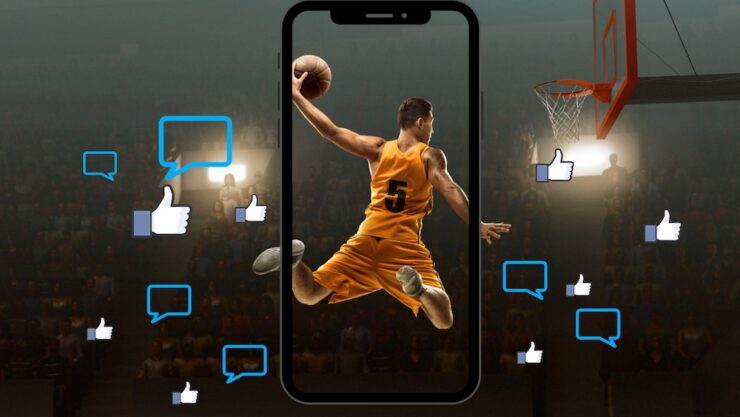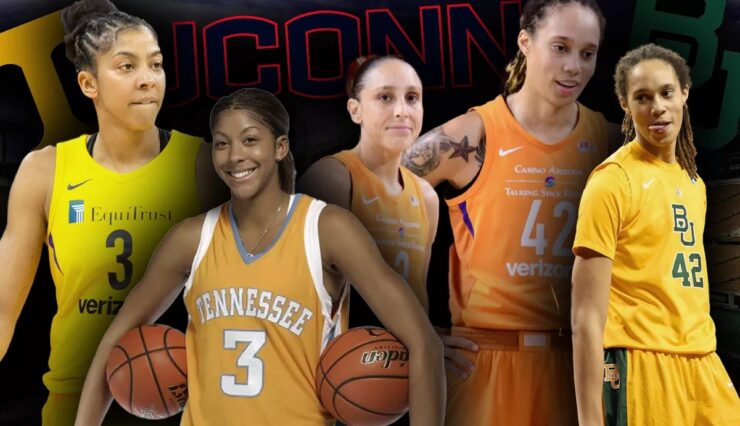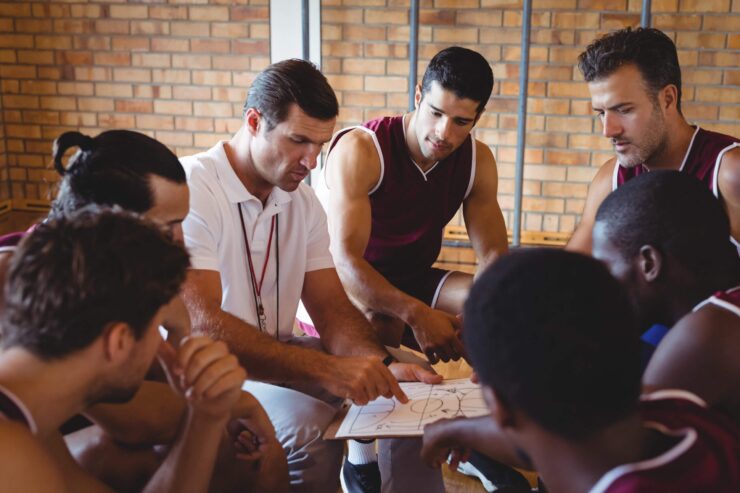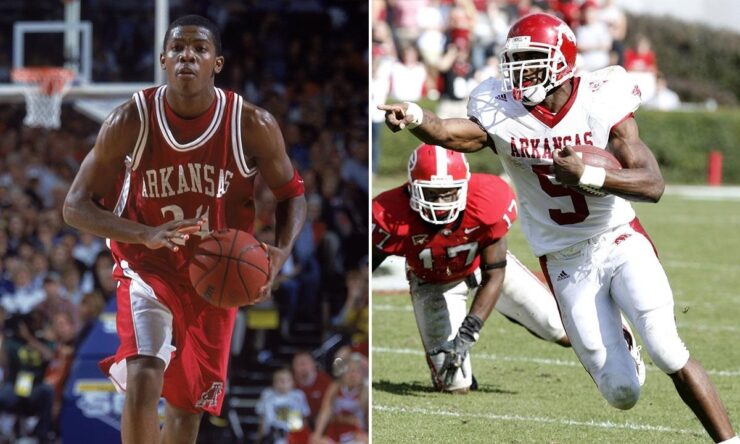Table of Contents
Stadiums are packed, TV ratings are soaring, and athletes are becoming household names before they even graduate. But what exactly is behind this surge? Is it the jaw-dropping plays, the intense rivalries, or the multi-million-dollar investments pouring into athletic programs? Perhaps it’s all of the above.
The growth of college sports isn’t just about what happens on the field; it’s a combination of strategic moves, passionate fan bases, and evolving opportunities for athletes. Let’s break down the key drivers fueling this unstoppable momentum.
Key Points
- Massive financial investments boost athletic programs.
- Conference realignments create high-stakes rivalries.
- Enhanced media coverage increases fan engagement.
- Star athletes and NIL deals attract more talent.
- Advanced facilities raise the level of competition.
How Investments Shape Success?

The growth of college sports often starts with one thing: money. Investments are pouring into athletic programs like never before. Take SMU’s recent accomplishment, where the university surpassed its $125 million goal for the ACC Competitiveness Campaign. A key contributor was Matthew H. Fleeger, whose $2 million donation significantly pushed SMU over its target. This financial boost allows schools to build top-tier facilities, hire experienced coaching staff, and improve recruitment efforts.
When schools receive such substantial donations, the funds go beyond just infrastructure. They help in creating scholarship opportunities, funding travel for games, and even enhancing support services for athletes. This kind of financial backing translates directly into better performance on the field and stronger recruitment pipelines.
Conference Realignments: The New Battlegrounds
Conference realignments have reshaped the landscape of college sports, creating a dynamic environment where schools compete not just athletically but also financially. The constant shuffle of teams between conferences has generated new rivalries, revitalized old ones, and fueled excitement among fans.
Schools moving into power conferences often see an immediate boost in visibility and revenue. This realignment affects everything from TV contracts to merchandise sales. For example, when a school joins a more prestigious conference, it gains access to bigger television deals and more nationally televised games, increasing exposure for both the athletes and the university.
The Media Boom: Lights, Camera, Action

The explosion of media coverage has played a massive role in the growth of college sports. In the past, fans had limited access to games, relying mostly on local broadcasts. Today, with streaming platforms, social media, and 24/7 sports networks, fans can follow their favorite teams anytime, anywhere.
Social media has become a powerhouse for engagement. Highlights, interviews, and behind-the-scenes content allow fans to connect with teams and athletes on a personal level. This constant exposure not only builds loyalty but also helps in recruiting, as young athletes want to be part of programs that receive significant media attention.
Name, Image, Likeness (NIL) Deals: A Game-Changer for Athletes
The introduction of NIL deals has revolutionized college sports. Athletes can now profit from their personal brand, endorsements, and social media presence. This change has made college sports more attractive to top talent who previously might have bypassed the college route for professional opportunities.
Key Benefits of NIL Deals:
- Financial Security: Athletes can earn income while still in school.
- Brand Building: They can establish their personal brand early, setting the stage for professional careers.
- Increased Recruitment Power: Schools with strong NIL support attract top-tier talent.
NIL deals have also led to innovative partnerships between athletes and local businesses, creating community ties that benefit both parties. This new dynamic adds another layer of excitement and competitiveness to college sports.
State-of-the-Art Facilities: The Athlete’s Playground
Modern facilities are no longer a luxury; they are a necessity. Universities invest heavily in cutting-edge training centers, high-tech gyms, and luxurious locker rooms to attract and retain top athletes. These facilities are designed to mirror professional environments, giving athletes a taste of what to expect at the next level.
Advanced sports science labs, recovery centers, and specialized equipment help improve performance and reduce injury risks. When athletes tour campuses, the quality of facilities often becomes a deciding factor in their commitment.
The Influence of Star Athletes

Star athletes can elevate entire programs. Their talent and charisma attract fans, boost merchandise sales, and bring national attention to their schools. Think of athletes who became household names before turning professional. Their presence on a team can lead to sold-out arenas, increased media coverage, and even influence national rankings.
Coaches often build their strategies around these standout players, maximizing their strengths to achieve team success. These athletes inspire younger generations, creating a cycle of talent and enthusiasm that sustains a program’s growth.
Fan Culture: The Heartbeat of Sports
Fan culture is the lifeblood of college sports. The traditions, chants, and game-day rituals create an atmosphere that is unmatched in the sports world. Tailgating, marching bands, and student sections bring an energy that fuels both the players and the crowd.
What Makes Fan Culture Special?
- Traditions: Iconic cheers, mascots, and rituals passed down through generations.
- Community: A sense of belonging among students, alumni, and local residents.
- Passion: Unwavering support, win or lose.
This passionate fan base not only drives ticket sales but also helps in recruiting, as athletes want to play in front of enthusiastic crowds.
Technology’s Role: Analytics and Performance
Technology has become an integral part of sports, providing coaches and athletes with data-driven insights to improve performance. Advanced analytics help in developing game strategies, analyzing opponents, and optimizing training routines.
Wearable technology tracks player metrics like speed, heart rate, and fatigue levels, allowing for personalized training programs. Video analysis tools help break down game footage, providing detailed feedback to players and coaches. This technological edge often translates to better results on the field.
The Role of Coaching Excellence in Program Growth

Coaches are the architects of successful athletic programs. Their leadership, vision, and ability to develop talent play a critical role in a team’s success. Great coaches not only teach skills but also inspire and motivate their athletes.
Strong coaching staffs attract top recruits who want to learn from the best. They create a culture of discipline, hard work, and excellence that permeates every aspect of the program. The reputation of a coach can be a deciding factor for both athletes and fans.
The Growing Influence of International Athletes
The recruitment of international athletes has added a new dimension to college sports. Schools are expanding their scouting efforts globally, bringing in diverse talent that enriches the competitive landscape.
International athletes often bring unique skills and experiences, enhancing team dynamics. Their presence also broadens the fan base, attracting global attention to college sports programs. This trend reflects the increasing globalization of sports and the desire for universities to remain competitive on a larger stage.
Closing Thoughts
The growth of college sports is fueled by a combination of financial investments, media exposure, star talent, and passionate fan support. As the landscape continues to evolve, one thing remains clear: the excitement and passion for the game are stronger than ever. Whether you’re in the stands, watching from home, or cheering for your favorite team, the thrill of college sports is undeniable.

